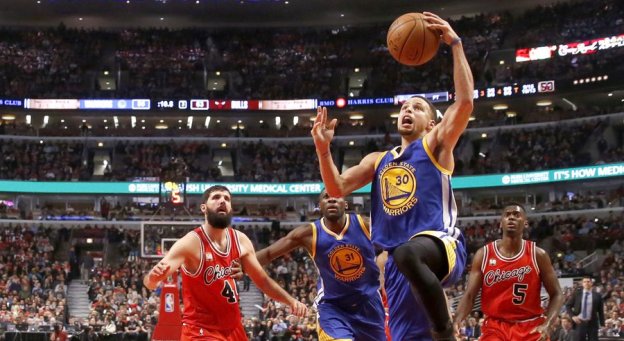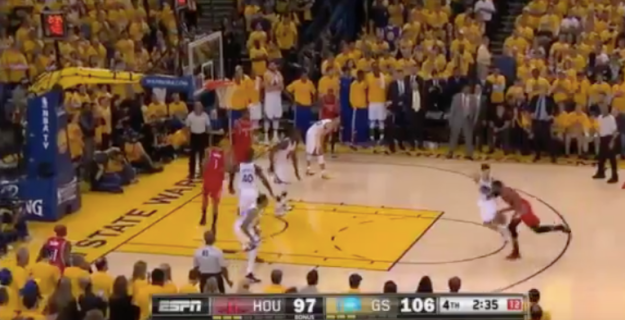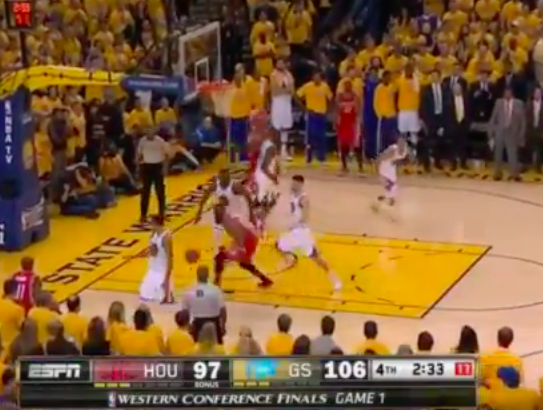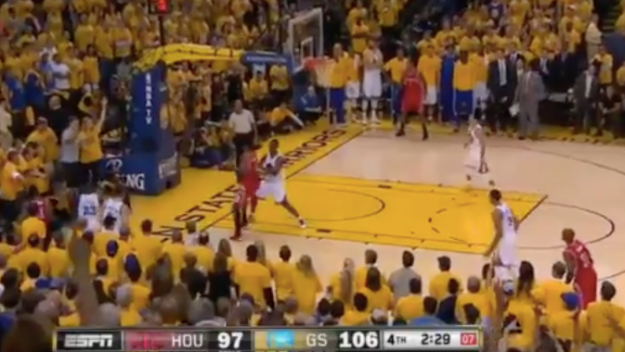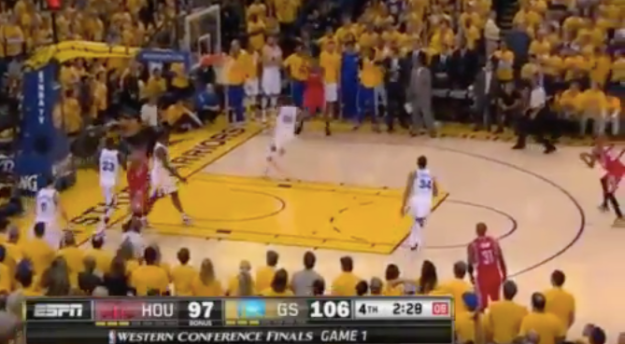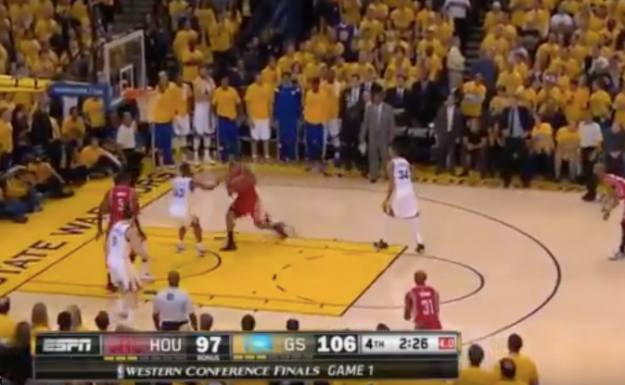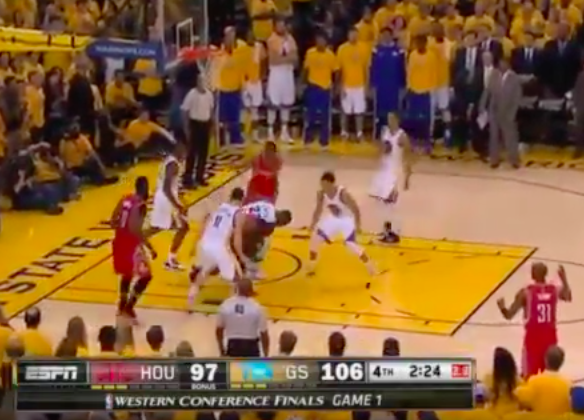Last night in San Antonio, the Spurs turned in a stifling defensive performance, holding the explosive Warriors to a mere seventy-nine points, over thirty-five below their season average.
LaMarcus Aldridge had a spectacular game, scoring twenty-six points while grabbing thirteen rebounds, and there was nothing Golden State could do to stop him. That’s what happens when Andrew Bogut is out. Draymond Green is a great player, but he never got a break from defending San Antonio’s big men. Furthermore, while Green’s low center of gravity allows him to capably guard much bigger players, it does nothing to stop them from shooting fadeaways over him, as Aldridge did repeatedly last night.
Still, that clearly wasn’t the problem last night, as the Spurs were able to score only eighty-seven points. The Warriors’ problem was that they were unable to score. More importantly, Stephen Curry was shut down and held to fourteen points on eighteen shots, an abysmal 34.7% true shooting percentage. For context, Curry’s TS% on the season is a league leading 67.5%, while players not noted for their sharpshooting, such as Rajon Rondo (49.8%), Kobe Bryant (46.3%), and Emmanuel Mudiay (42.7%, the worst mark in the league), have shot better over the course of the season than Curry did last night.
Now, the Warriors had lost six times before last night, but how repeatable are those losses? The Blazers beat the Warriors by shooting 17-30 from three and the Lakers beat them when they shot 4-30 from three. The Mavericks beat the Warriors when they were without Curry and Harrison Barnes and the Nuggets beat them by two when they were without Green. The Bucks beat the Warriors when they were coming off a double-overtime game the night before and the Pistons beat them by eighteen in the only game that there wasn’t a clear reason for why they lost.
None of these games, other than the one against Detroit, provide any valuable insight into how to beat Golden State. At first glance, last night’s game looks very similar to the Lakers game: the Warriors shot 25% from three, with Curry and Klay Thompson combining to go 2-19 from deep. Is that really something the Spurs can count on in the playoffs?
Here’s where the eye test comes in handy. Last night, Curry and Thompson weren’t missing wide-open shots; the Spurs didn’t give them any space. San Antonio hounded the Splash Brothers both on and off the ball, not giving them any room to operate. Helped by Kawhi Leonard and their league-best defense, the Spurs only allowed twenty-nine combined points from Thompson and Curry.
As always, the important question is whether or not this game provides a blueprint for how to beat the Warriors. To me, it’s somewhere in the middle.
On one hand, playing close and physical with Curry and Thompson is a recipe for success. However, not every team has the reigning DPOY on it.
I think it’s fair to say that last night’s game provided a way to beat the Warriors, but one that only the Spurs can follow. It’ll be interesting to see whether or not San Antonio will be able to maintain its defensive success in its next meeting with Golden State, on April 7th in Oracle Arena.


